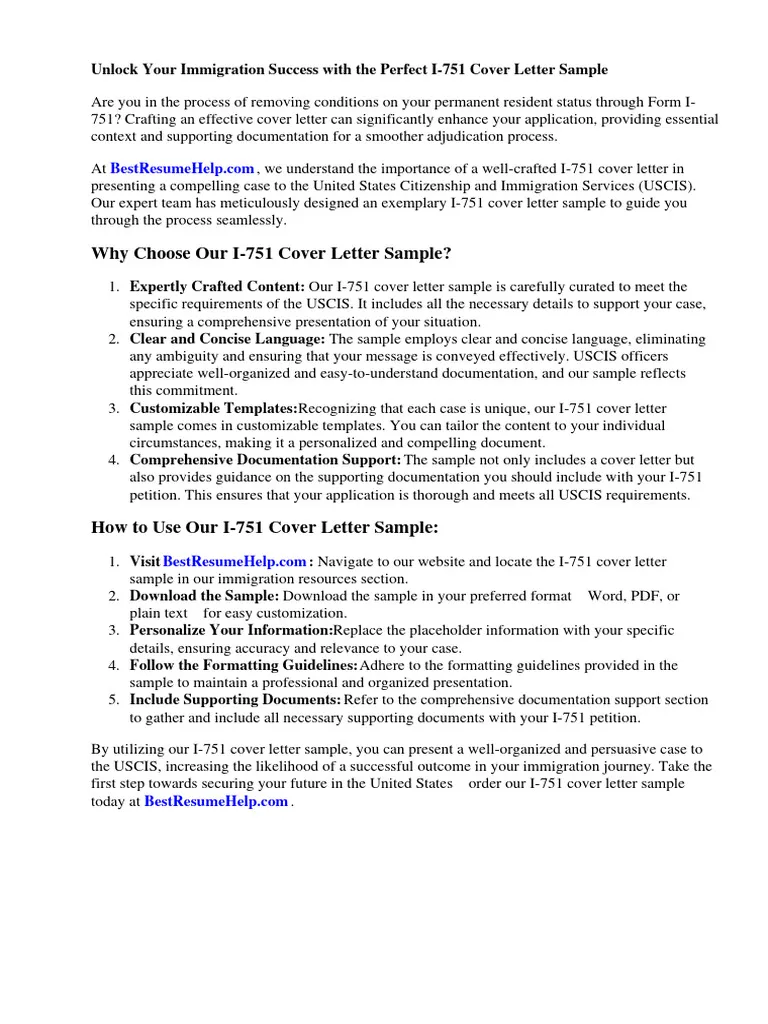Understanding the I-751 RFE Process
Receiving a Request for Evidence (RFE) for your I-751 petition can be a stressful experience. Understanding the process is the first step towards a successful response. The United States Citizenship and Immigration Services (USCIS) issues RFEs when they need more information or clarification regarding your case. These requests are not necessarily a denial, but rather an opportunity to provide additional evidence to support your claim that you and your spouse have a bona fide marriage. This guide provides a comprehensive overview of the I-751 RFE process, focusing on how to write an effective cover letter and gather the necessary supporting documentation. It’s crucial to respond accurately and promptly to avoid delays or potential denial of your petition. This document aims to help you navigate this crucial process with confidence.
What is an I-751 RFE?
An I-751 RFE, or Request for Evidence, is an official communication from USCIS asking for additional documentation or clarification regarding your Petition to Remove Conditions on Residence (Form I-751). This form is filed by conditional residents, typically those who have been married for less than two years when they obtained their green card. The USCIS uses RFEs to ensure that the marriage is genuine and not entered into for the purpose of obtaining immigration benefits. The RFE will specify exactly what information or documents are needed and provide a deadline for submission. Ignoring the RFE or failing to respond by the deadline can lead to the denial of your I-751 petition, potentially resulting in deportation. Therefore, it is very important to respond completely and accurately.
Common Reasons for an I-751 RFE
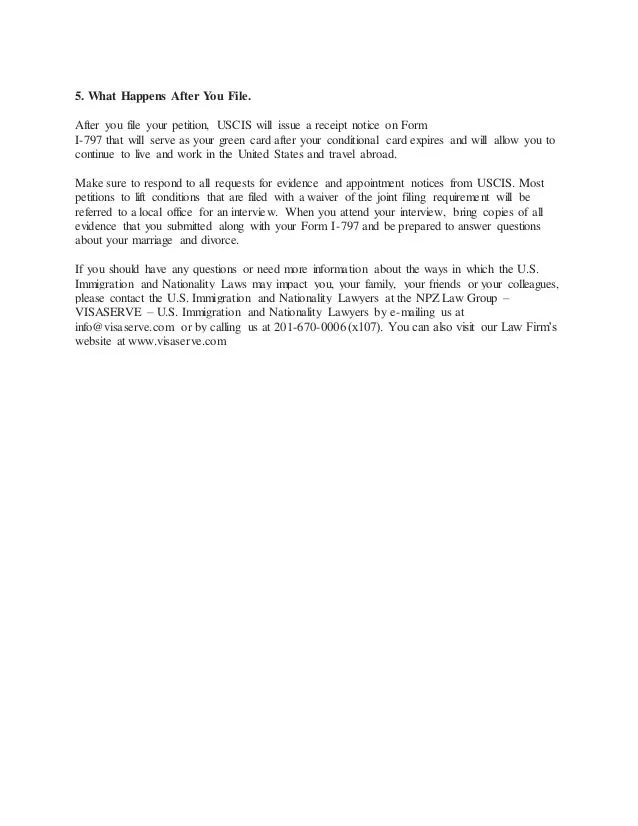
USCIS issues RFEs for various reasons. Some of the most common include missing or insufficient evidence of a bona fide marriage. This can include a lack of financial documents, such as joint bank accounts or tax returns, or insufficient evidence of shared life experiences, such as photos, travel records, or affidavits from friends and family. Other reasons include inconsistencies in the information provided in the initial I-751 application, or the need for clarification regarding certain aspects of the marriage. Sometimes, USCIS might request additional information about the couple’s relationship, such as the reasons for any periods of separation or any legal issues that might affect the case. The specifics of the RFE will always be tailored to the particular case, so it is important to carefully review the RFE and provide all the requested information.
Essential Components of an I-751 Cover Letter
A well-crafted cover letter is critical when responding to an I-751 RFE. It serves as an introduction to your response and a summary of the evidence you are providing. The cover letter should clearly and concisely explain the purpose of the submission, address each point raised in the RFE, and reference the attached evidence. It should also include your contact information and the USCIS receipt number. The goal is to make it easy for the USCIS officer to understand your response and find the necessary documentation. A clear, organized, and well-written cover letter can significantly increase your chances of a positive outcome.
Your Contact Information
Begin your cover letter by providing your full name, current address, phone number, and email address. This ensures that USCIS can easily contact you if they have any further questions or need additional information. Make sure the information is accurate and up-to-date to avoid any communication delays. It is very important to keep USCIS informed of any changes to your address or contact information during the adjudication of your case.
USCIS Receipt Number
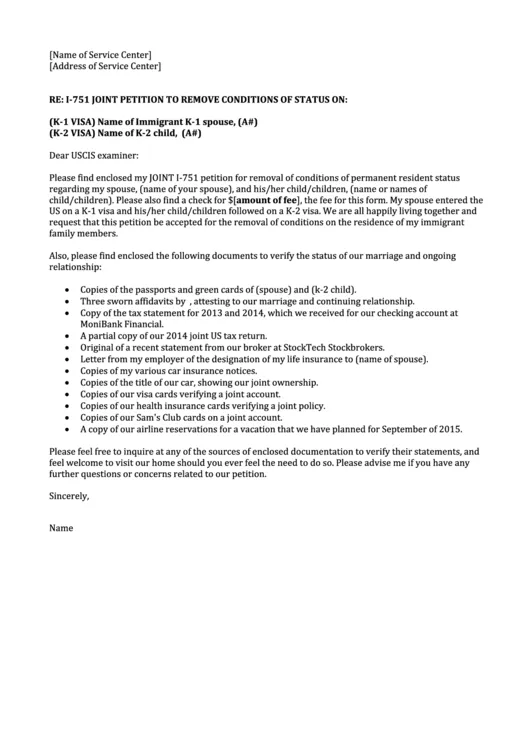
Always include your USCIS receipt number in your cover letter. This number is a unique identifier for your case and helps the USCIS officer quickly locate your file. The receipt number is typically found on the notice you received from USCIS acknowledging receipt of your I-751 application. Include this number at the top of your cover letter and in any other correspondence you send to USCIS. It is essential for quick and accurate processing of your response.
Petitioner and Beneficiary Information
Clearly state the full names, dates of birth, and A-numbers (if applicable) of both the petitioner (the conditional resident) and the beneficiary (the spouse). This information helps the USCIS officer to identify the correct individuals and quickly understand the relationship between them. Ensure that this information matches the details provided in the original I-751 application and all supporting documents. Any discrepancies could raise red flags and cause further delays or requests for clarification.
Clear and Concise Explanation
Provide a concise explanation of the purpose of your cover letter. State that you are responding to the RFE and briefly mention the evidence you are providing. Avoid unnecessary jargon or complex language. Your goal is to make the information easy to understand. Clearly state that the included evidence satisfies the requirements set forth in the RFE. Refer to each specific request in the RFE and explain how the evidence you provide addresses each one. This organization ensures that the USCIS officer can easily see that you have fully responded to their questions.
Addressing the Specific RFE Requests
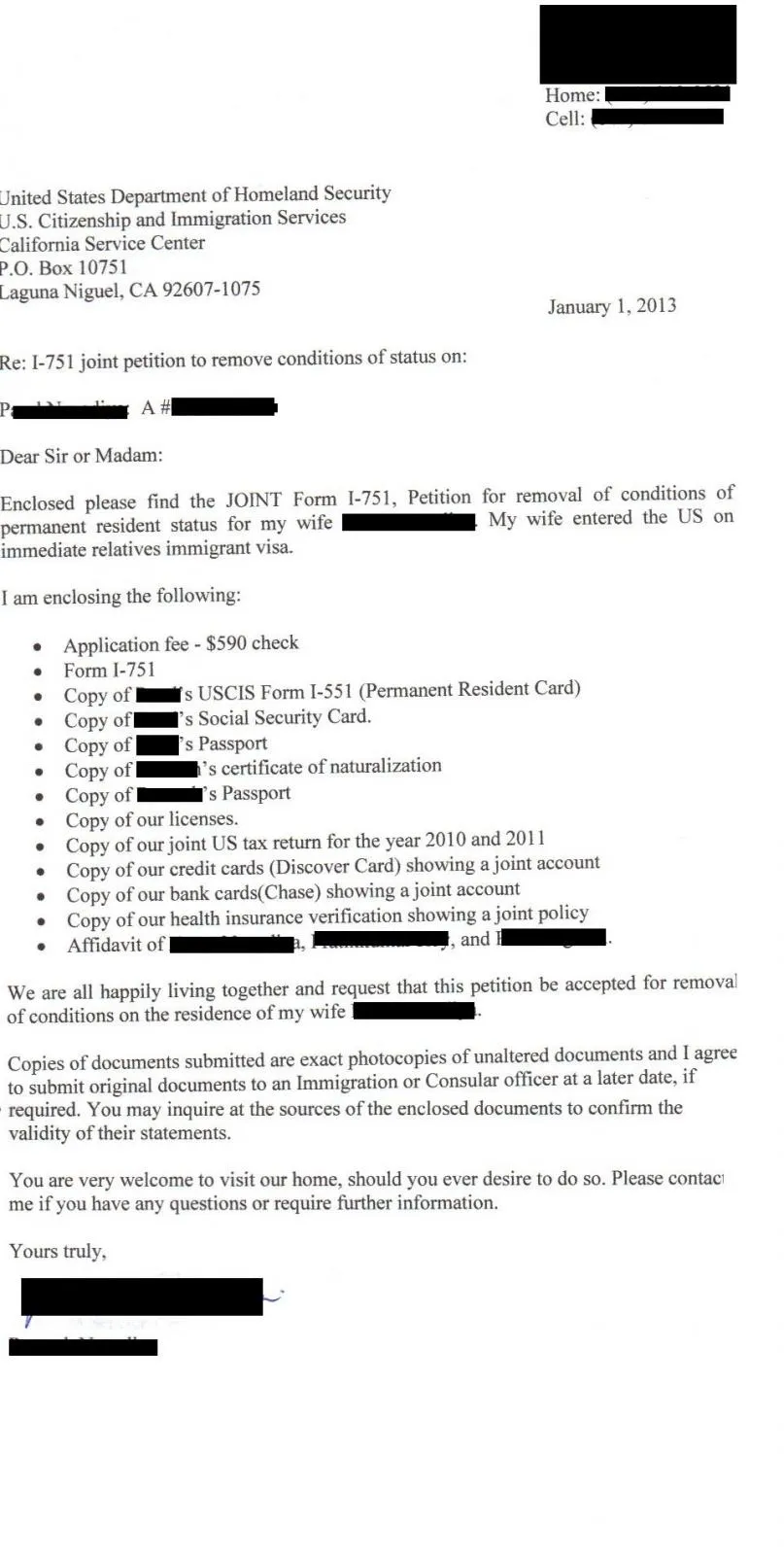
The most crucial part of your cover letter is addressing each specific request made in the RFE. Carefully read each point and prepare a corresponding response. For each request, provide a clear explanation of what you are submitting and why it addresses the USCIS’s concern. Refer to the specific exhibits you are including (e.g., “Exhibit A - Joint Bank Statement”) and briefly describe their contents. Ensure that you fully address each question and provide all the required information to show the authenticity of your marriage. A well-organized response helps to make sure that USCIS has all of the information needed.
Organizing Your Evidence
Organizing your evidence in a clear and logical manner is essential for an effective response. Group the evidence according to the categories requested in the RFE or the type of evidence. For example, you might have a section for financial documents, one for shared living arrangements, and another for evidence of shared experiences. Label each piece of evidence with a clear and consistent identifier (e.g., Exhibit A, Exhibit B) and refer to these labels in your cover letter. Create a table of contents (optional but recommended) to make it easy for the USCIS officer to find the specific documents they need. This level of organization makes it easier for USCIS to review the evidence and assess the merits of your case.
Types of Evidence to Include
The specific types of evidence you should include will depend on the requests made in the RFE. Some common types include financial documents, such as joint bank statements, tax returns, and insurance policies, showing that you share financial responsibilities. Include lease agreements, utility bills, and mail addressed to both you and your spouse at the same address to demonstrate that you live together. Photographs from various periods of your relationship, including those with friends and family, can help to show a shared life and a genuine relationship. Also include affidavits from friends, family members, or anyone who can attest to the validity of your marriage.
Joint Bank Accounts and Financial Documents
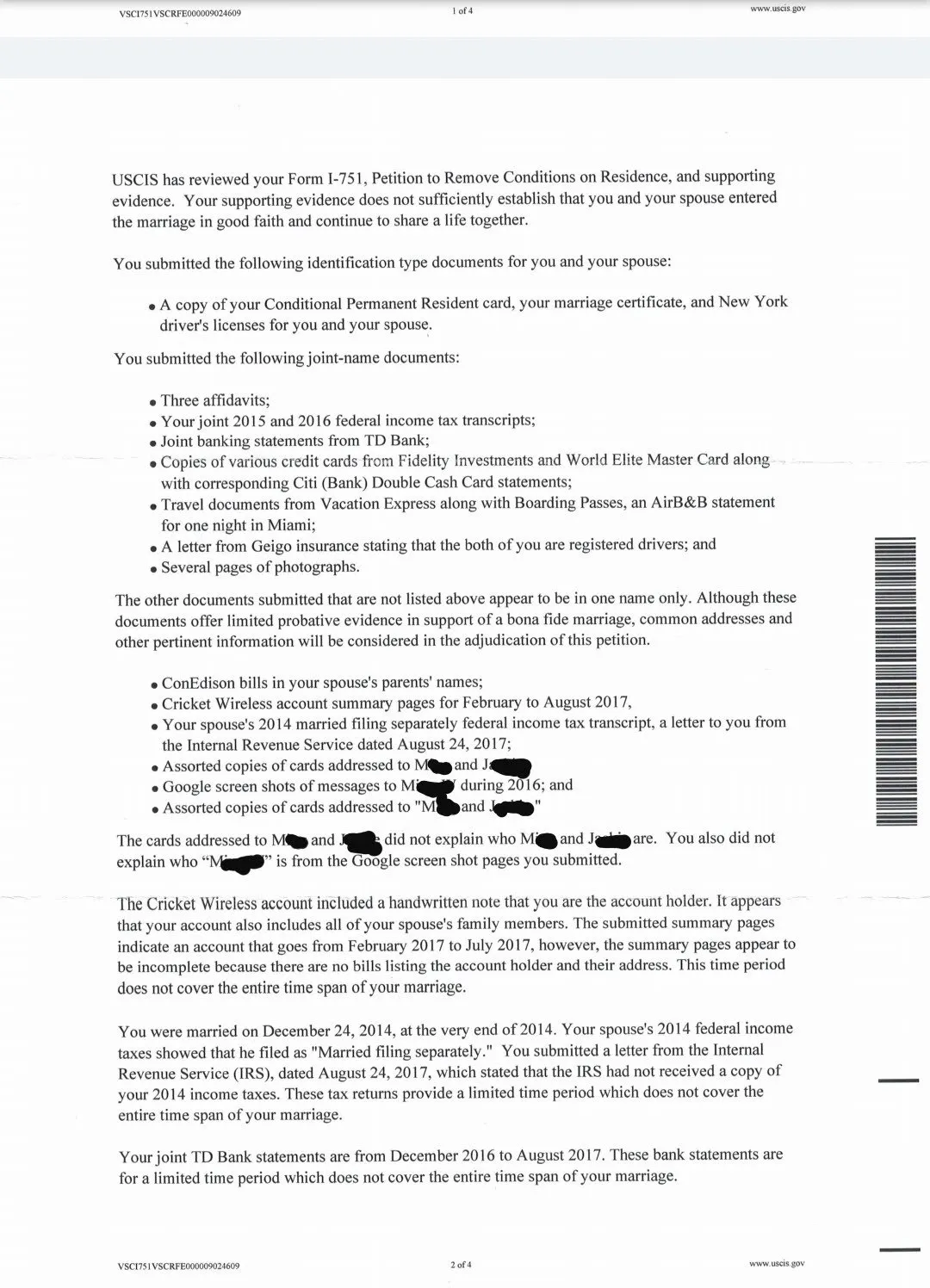
Providing evidence of joint finances is a strong indicator of a bona fide marriage. Include joint bank statements showing shared transactions, savings, and investments. Submit copies of tax returns filed jointly. Include any insurance policies or other financial documents that list both spouses as beneficiaries or account holders. Providing multiple financial documents creates a clearer picture of your shared financial responsibilities and strengthens your case.
Lease Agreements and Utility Bills
Proof of shared residence is another important aspect of your evidence. Submit a copy of your lease agreement or mortgage statement listing both spouses as residents. Include utility bills (e.g., electricity, gas, water) addressed to both of you at the same address. Also, submit any other official mail you receive at your shared address, such as letters from government agencies or financial institutions. These documents help to show that you live together and share a household, which is an important aspect of a genuine marriage.
Photographs and Affidavits
Photographs help to illustrate your relationship and shared life experiences. Include photos from various periods of your marriage, such as wedding photos, photos of holidays, vacations, and everyday activities. Provide a variety of photos. Include photos of you with family and friends, as these can help to show that your marriage is recognized by your community. Affidavits from people who know you and your spouse can provide valuable supporting evidence. These affidavits should be written by individuals who can attest to the genuineness of your marriage. Make sure each affidavit is signed and notarized.
The Art of Writing a Compelling Cover Letter
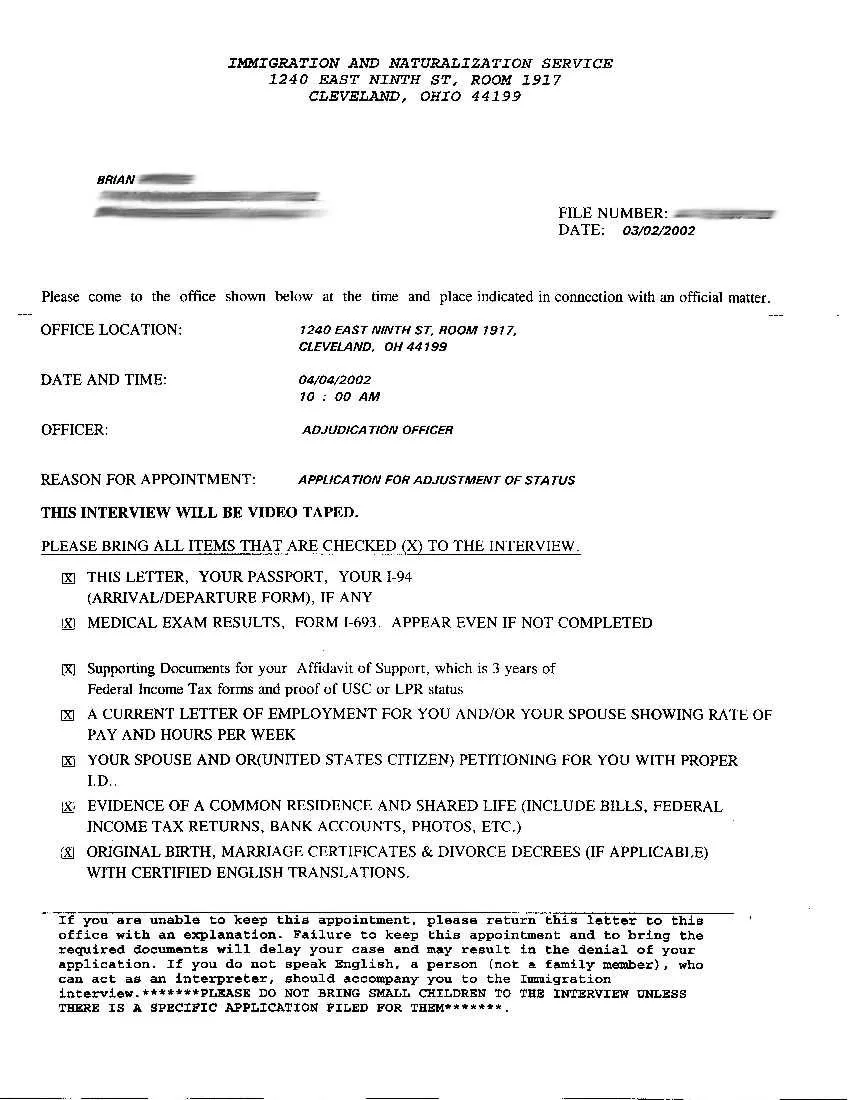
A compelling cover letter is clear, concise, and professional. It should be written in a formal tone, using clear and straightforward language. Avoid using jargon or overly complex sentences. Keep your paragraphs brief and to the point, and make sure to address each specific point raised in the RFE. The overall goal is to provide a convincing narrative that explains why your marriage is genuine and deserving of USCIS approval. A well-written cover letter can significantly improve your chances of a positive outcome.
Focus on the Relationship
Focus on the strength and nature of your relationship. Explain how you and your spouse support each other and share your lives. Discuss the history of your relationship, how you met, and how your relationship has evolved over time. Including details about shared experiences, such as hobbies, travels, and life events, can make your letter more personal and convincing. Providing a narrative about your relationship helps the USCIS officer understand the depth of your bond.
Highlighting Shared Life Events
Include details about shared life events, such as holidays, vacations, family gatherings, and important milestones in your lives. Mention any significant challenges you have overcome together and how your marriage has grown stronger through these experiences. These details provide context to the relationship and show that your marriage is not just a formality but a genuine partnership built on love, support, and shared experiences. These shared memories further support the legitimacy of the marriage.
Formatting and Presentation
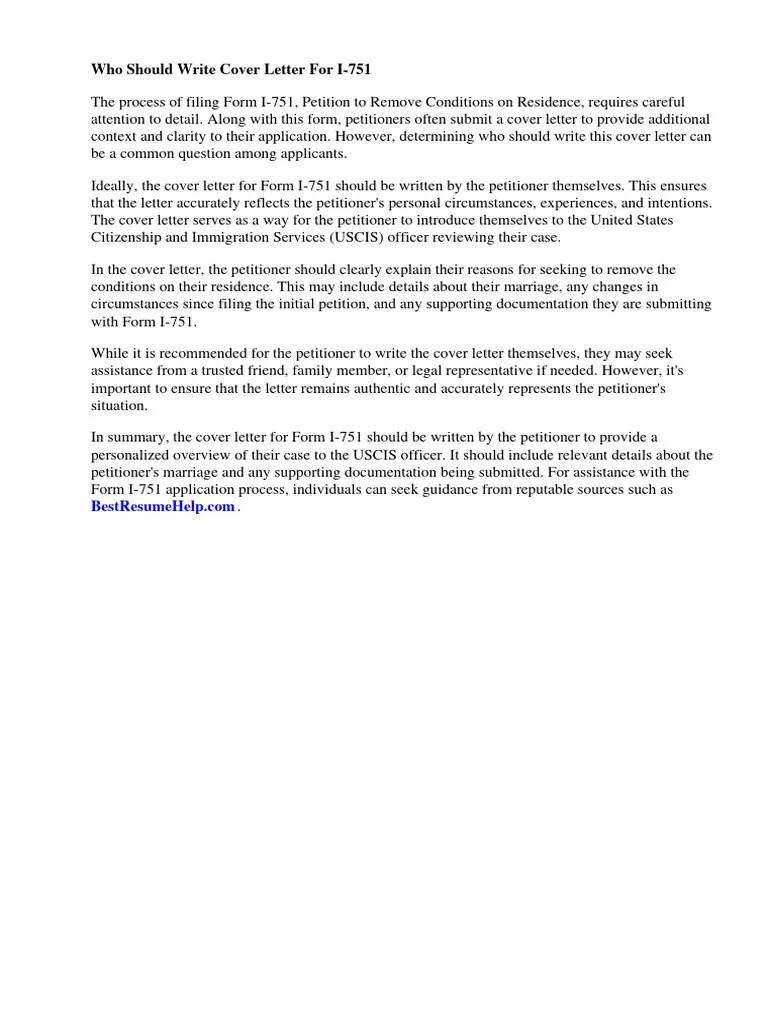
The formatting and presentation of your cover letter and supporting documents are important. Use a clear and easy-to-read font, such as Times New Roman or Arial, with a font size of 12 points. Use standard margins (1 inch on all sides). Ensure your letter is well-organized with clear headings and subheadings. Label all exhibits clearly and consistently (e.g., Exhibit A, Exhibit B). Make sure all copies are clear and legible, and that any photos are of good quality. A well-formatted and organized submission makes it easier for the USCIS officer to review your response and find the necessary information.
Proofreading and Editing
Proofreading and editing your cover letter and supporting documents is essential to ensure accuracy and professionalism. Carefully check for any grammatical errors, spelling mistakes, and typos. Ensure that all information is accurate and consistent with the information provided in your original I-751 application. Have someone else review your cover letter and supporting documents, as a second pair of eyes can often catch errors that you might have missed. Proofreading can significantly increase the credibility of your response and improve your chances of a positive outcome.
Submitting Your Response
Follow the instructions provided in the RFE regarding how to submit your response. Typically, this will involve sending all documents by mail to the address specified in the RFE. Make sure to include a copy of the RFE notice with your response. It is recommended to send your response via certified mail with return receipt requested, which will provide proof that USCIS received your submission. Keep a copy of your entire response, including the cover letter and all supporting documents, for your records.
Creating a Table of Contents (Optional)
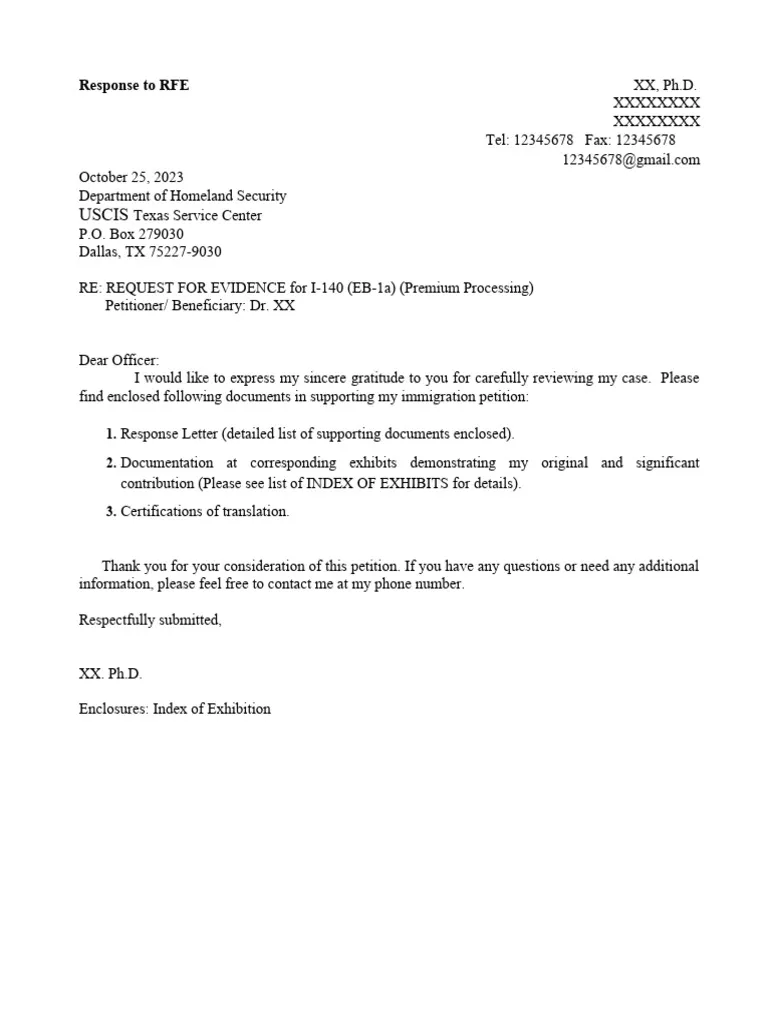
Although not always required, a table of contents can be very helpful for USCIS. A table of contents helps the reviewing officer quickly locate specific documents within your response. List each exhibit and its corresponding page number. This makes it easier for the officer to navigate through your response and find the necessary information. While optional, a table of contents is highly recommended, especially if you are submitting a large amount of evidence.
Mailing Your Cover Letter and Evidence
When mailing your response, organize all documents in the order that you describe them in your cover letter. Use clear dividers or tabs to separate different types of evidence. It is crucial to package your response carefully to prevent damage during transit. Send your response via certified mail with return receipt requested to ensure that you have proof of delivery and confirm that USCIS received your response. Keep a copy of everything you send to USCIS for your records.
Next Steps After Submission
After submitting your response, monitor your case status online on the USCIS website using your receipt number. Keep an eye out for any further communications from USCIS. The processing time for I-751 cases varies, so be patient. If you do not receive a decision within the expected timeframe, you can contact USCIS to inquire about the status of your case. If USCIS requires more information after you submit your response, they might issue another RFE or schedule an interview. Be prepared to respond promptly and cooperate fully with any further requests from USCIS. A successful response requires diligent preparation, accurate information, and a well-organized presentation of evidence.
